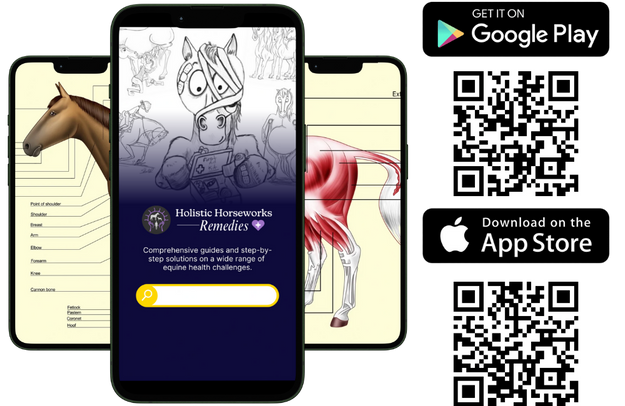Dogs Love Bodywork, Too! (Prevents ACL Tears and Hip Displaysia.)
Share this post:
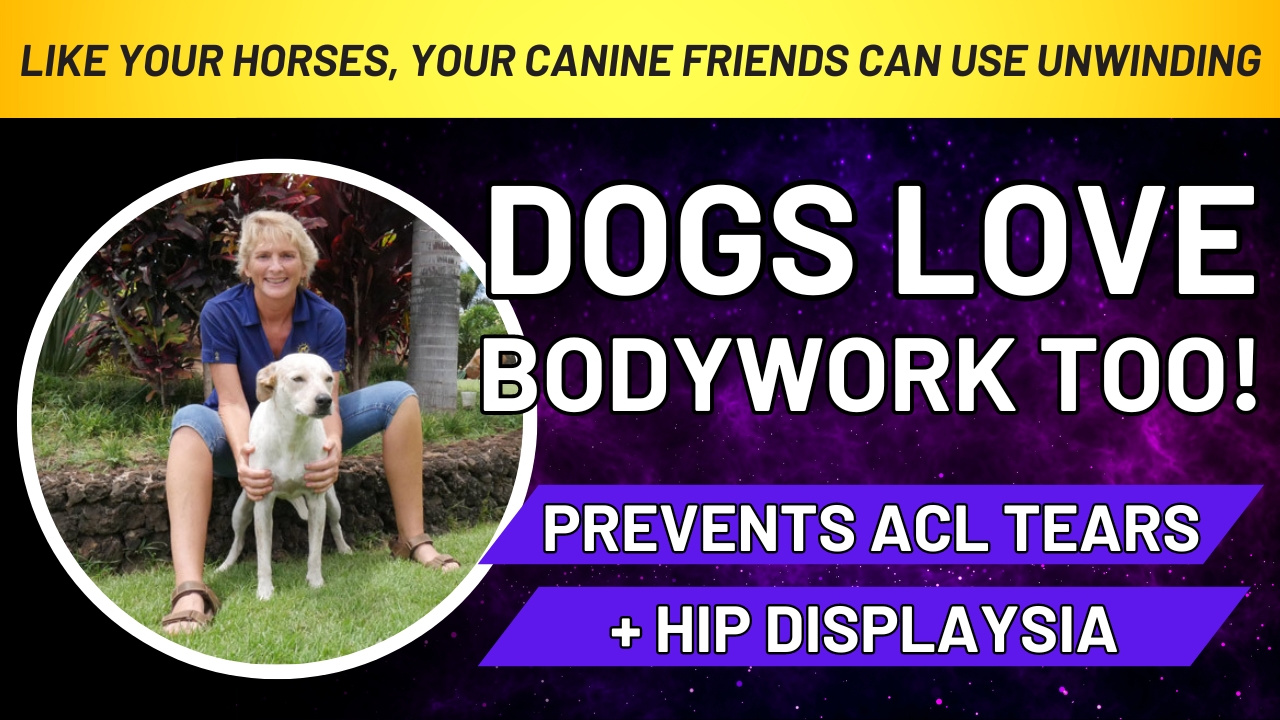
If you’ve ever watched your dog run and noticed something a bit off—like both hind legs moving together or noticeably dragging their toes—it might be more than just an aging issue or a minor injury. Proactively managing canine skeletal health can prevent long-term joint issues such as hip dysplasia and ACL tears.
Episode Transcription
Expand to read more...
00:00:29 Speaker 2
Hi, this is Lillian. I’m here with April love. I know you work on horses, of course. And people. What about dogs?
00:00:38 Speaker 3
Oh, I love working on doggies. I make so many friends on Maui on the beach, just saying, oh, your dog’s hips are out and they’re like, “how can you tell?” Yes, the vet said he has hip dysplasia. He gave me medicine, or he has an ACL tear. It’s really sad that the veterinarians that are examining these dogs aren’t even checking the skeletal alignment.
00:01:00 Speaker 3
So I’ve seen a pattern. You know, if you see your dog’s running, are they running with both their hind legs together, especially the little dogs might give a little skip.
00:01:10 Speaker 3
The bigger dogs, like Great Danes and stuff when the psoas and hips are out, they’re dragging their hind toes off. So, what I have found as a pattern.
00:01:20 Speaker 3
In a puppy, just like the horse, issues usually start before six months of age from a tumble in the pasture.
00:01:27 Speaker 3
Puppies with collar training, a bigger dog, grabbing them by the neck, running to the end of the leash, putting their head through things and getting stuck. They misalign the Atlas and Axis. You know when their body issues don’t show up as much as the horses because they’re not forced to be lunged or get in a headset. They’re not forced to use.
00:01:49 Speaker 3
Body that is not in alignment so they get along pretty good until they’re older.
00:01:54 Speaker 3
But what I’ve noticed is and you can feel so if you stand over your dog when it’s standing up.
00:02:02 Speaker 3
And his head is straight and have someone just drop that nose just a little bit just under the ears. You can find the wings of the Atlas bone. The first neck bone and with the with the dog’s nose. Kind of looking down at the ground. You can feel that one side is lower if the left side is lower.
00:02:22 Speaker 3
The pattern in the body seems to be that it brings the right hip forward.
00:02:28 Speaker 3
And if the right side is lower, the pattern seems to be, it brings the left hip forward. I actually have a PowerPoint pictures X-rays, so if that hip is forward, the spine is a little bit curved. So if you look at your dog, if you sit like on the ground and you look at your dog and you’re looking at his back and the back raises.
00:02:49 Speaker 3
You know, kind of where the ribs are going to the hind end, that whole psoas muscle is already in spasm and the hips and the hind legs cannot pick up and come too freely. The older dogs can’t get up the stairs, can’t get on the bed anymore. They can’t jump up and down.
00:03:07 Speaker 3
So when the spine is a little bit curved, it pulls that hip socket up and the top of the hind leg coming through. It’s just kind of grinding away in there. It’s not sitting in that socket like it should be. And if you Google hip dysplasia, it just means displaced hips. Yes, the hips are out, just like in people.
00:03:28 Speaker 3
OK. And when you have a knee or a hip replacement, it’s because you’re not loading the joint correctly
00:03:34 Speaker 3
So if the right hip is coming forward and it’s creating that hip displays, the ACL tear is usually on the left hind leg because it’s over straining. So here in Maui they take the dogs to the beach, they’re running in the sand all day playing and all that, you know, stopping and turning. It’s so hard on the hind end.
00:03:55 Speaker 3
I do have a DVD I sell. I think it’s $100 for the program with the little workbook that shows you how to work on dogs. It does help if you already understand my horse program first. So Atlas and Axis causes the hip misalignment.
00:04:12 Speaker 3
Another diagnostic tool that I have is, you know, have someone hold the dog. It’s standing up, sit down behind it. Make sure you square up both hind legs side by side. Whatever’s you know, comfortable for the dog couple inches apart.
00:04:28 Speaker 3
With both hind feet side by side go all the way up next to the anus out and enter 2. Depending on the size of the dog is what I would call your sit bone or your seat bone. If one of those is higher than the other, then you definitely need my program.
00:04:46 Speaker 3
That’s just showing you that the pelvis is out of alignment, so I’ve helped a lot of dog owners by doing the body work and showing them on Amazon where they can get that ACL brace that the dog has to wear for a while and feed the dog MSM and do red light therapy. And we can bring the.
00:05:04 Speaker 3
Body back but.
00:05:06 Speaker 3
Again, the earlier we work on the dogs the better because this is already in their body by 6 months to a year of age from Puppy play lease training, another dog grabbing it by the neck, putting his head through something and getting stuck.
00:05:21 Speaker 3
You know, you never know what happens to your dog, but you know that best thing is check the Atlas. You know, is one side lower, but the head bent down and square up the hind legs is one higher. Then you can fix your dog yourself. With my $100 Canine Musculoskeletal Unwinding program.
00:05:41 Speaker 3
Most of the dogs it’s a one time fix. Unless they’re really hard-working, like I work out on a lot of the agility dogs, you know that are running all the courses and the sheep and everything or something that tries to jump off the bed and tumbles.
00:05:57 Speaker 3
You know, then I might need to work on the dog again, but I don’t like horses that have, you know, a stall and, you know, a rider that’s, you know, heavier on one stirrup or, you know, the saddle is not fitting. And the bridle is not fitting. We create.
00:06:14 Speaker 3
By riding them issues and the horses first rib comes out in a pasture or pulling a front shoe with a hind.
00:06:22 Speaker 3
You know, we create and the environment creates the horses needing repetitive body work, but it’s nice with the dogs that.
00:06:30 Speaker 3
You know, it’s usually a one-time fix. I have people that have me check their dogs. You know more often because I have healing microcurrent. If we’re working on tumors or detoxing the dog or allergies or autoimmune issues.
00:06:45 Speaker 3
We go back to the same program that I use with horses. We start with the Natural Cellular Defense detox on Amazon at like 5 drops in the mouth three times a day.
00:06:56 Speaker 3
We work on gum teeth health issues because when they have a lot of gum infections in their back teeth, that infection will always be draining down into their body. It can create hearing loss in dogs when you have deep infections up there and there’s just so many things going on and you know the dogs.
00:07:16 Speaker 3
Sleep in our bed. They’re our best buddies. And yes, this program works on anything on 4 legs that is standing down, not being ridden so.
00:07:26 Speaker 3
It works on cows, sheep, goats. I’ve worked on. I’ve worked on cats. I was visiting my instructor in Switzerland and we’re sitting at this dining table just talking, no food and this cat jumps up right in front of me and she’s like, whoa, that’s strange. “That’s a cat that always hides when strangers are in the house. I said.
00:07:46 Speaker 3
“Yeah, I know. He just wants me to do something in his neck and fix his hips.” And I did. And then the cat jumped and left. And he was just laughing.
00:07:54 Speaker 3
I said yeah, cats are really, you know, smart. And with all my program, we do bladder Meridian sweeps and that’s part of what keeps cats so healthy. They butt their head on your hand and you run it down the back to the tail. That’s how the cats like to be petted. And that is most of the bladder Meridian bladder one starts under the eye.
00:08:15 Speaker 3
Goes all the way down on the horses. We go all the way down the hind leg, so I show how to do bladder Meridian sweeps on dogs to tonify all their organs, help them detox, help with any pain.
00:08:29 Speaker 3
We talk about the detox drops, we talk about healing microcurrent on dogs for joint pain, mobility, boosting immune system. So there’s so much information in it’s just a little addition to my horse home study program that you can get for 100. It’s all soft touch moves.
00:08:47 Speaker 3
But I’ve worked on dogs after other chiropractors have worked on dogs and people. Chiropractors can lose their license if they touch a dog so it’s always hush hush and I still find that they’ve missed things once in a while. You’ll find first rib misalignment in dog, they can’t run on that. You know side can out so they just do the other one.
00:09:09 Speaker 3
And so I show how to do that passively as well, and the dog in the video that I worked on was so shy she was a rescue. She was real nervous when we started. And then when she’s all done, she was always a hyper dog.
00:09:24 Speaker 3
She just went and laid down and took a nap and the owner was like, “Oh my God, I’ve never seen her do that.” I said, yeah, she’s just processing all the changes and later we went out to film the cover shot and you could tell the dog was smiling. She just came right over. She’s like, oh, my God, it feels so good in my body. And that picture was a smile, and we were just so amazed the owner was amazed.
00:09:47 Speaker 3
And I usually charge.
00:09:49 Speaker 3
I don’t know $50.00 for a small dog that I put on the table and maybe $110 for like a Great Dane might take me an hour, but people are forever grateful and it’s so much cheaper than the vet and usually most horse people have dogs, you know? So if you’re a horse bodywork professional, you can be making.
00:10:09 Speaker 3
More money, easier also working on their dogs too.
00:10:12 Speaker 3
So that is on my website holistichorseworks.com. You can e-mail me or call me if you have any questions. Thank you.
A Pattern of Misalignment
Dogs may be dealing with skeletal issues, even if the owner is unaware. One common problem is hip misalignment, which can lead to conditions like hip dysplasia. What’s striking is how many dogs, even those diagnosed with hip dysplasia or ACL tears, have not had their skeletal alignment properly checked by their veterinarians.
Signs to Watch For in Your Dog
So how can you tell if your dog’s skeletal alignment might be off? Here’s how to check at home:
- Observe how they run – Does your dog run with both hind legs together? This could be a sign of misaligned hips.
- Toe dragging – Especially in larger breeds like Great Danes, dragging hind toes can be an indicator of psoas or hip misalignment.
- Curved spine – By sitting at ground level and looking at your dog’s back, you can notice if there’s a slight curvature where the ribs meet the hind end. This often indicates a psoas muscle spasm, which prevents free movement of the hind legs and hips.
The Role of Atlas and Axis in Misalignment
Many dogs experience alignment issues from a very young age—often by six months to a year—due to accidents while playing, leash pulling, or accidents like getting stuck in a fence. Alignment issues often stem from misalignment in the Atlas (the first cervical vertebra) and Axis bones, which eventually affects the hips.
Using simple diagnostic tools, such as comparing the level of the sit bones (located near the dog’s hind end), you can determine if one hip is higher than the other—a clear sign of misalignment.
Addressing the Problem with Canine Musculoskeletal Unwinding Program: The good news is that you can correct your dog’s skeletal alignment at home. Holistic Horseworks offers a Canine Musculoskeletal Unwinding program, which includes a watch instantly video and workbook that walks you through soft touch moves to bring your dog’s body back into alignment. This program helps most dogs with just one session unless they’re heavily active or working dogs.
Benefits of Early Intervention: Work on these issues early in your dog’s life, as many skeletal problems begin to develop before they reach one year of age. Regular bodywork and alignment checks can prevent joint wear and tear, meaning fewer expensive surgeries or medications down the line.
Holistic Solutions Beyond Alignment: In addition to alignment, other approaches include detoxification with Natural Cellular Defense, supporting gum health (critical for preventing chronic infections that can lead to other health issues), and microcurrent therapy to address joint pain, mobility, and even autoimmune issues. We have seen great success in helping dogs recover their energy and mobility, even after other practitioners have tried and failed.
If you’re a dog owner or a horse bodywork professional looking to expand your skills and business—Canine Musculoskeletal Unwinding offers a natural, affordable, and effective way to keep your dog healthy and pain-free.
Get a CANine Distance Reading
An intuitive wellness scan for your dog that offers insight into their deepest physical, behavioral, and training issues. During a distance reading, April has the ability to scan photos of your dog, noticing even the slightest details in alignment, muscling, posture, and more that indicate deeper issues. She can also energetically and intuitively scan your dog to uncover bacterial, vital, emotional, or mental issues that need to be addressed.
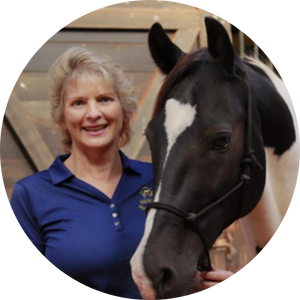
About the Author
April Love
Founder of Holistic Horseworks & Horse Healers Academy
Owner of Holistic Horseworks LLC, April Love empowers horse lovers to take healing into their own hands in order to keep their horses healthy, happy, and rideable through their 30’s while saving thousands of dollars on vet care. She has created a unique IICT (International Institute for Complementary Therapists) approved methodology that she teaches through in-person, hands-on clinics as well as virtual home study courses. April has also trained and vetted many instructors who share this practice worldwide.
As a gift to you, please enjoy a FREE copy of “Horse 101: Everything You Wish You Knew Before You Bought Your First Horse” www.horseacademy101.com
More Posts
6 Must-Know Hore Care Tips for Winter
In this comprehensive guide, we'll share five essential cold weather horse care tips straight from the experts at Holistic Horseworks.Whether you're dealing with freezing temperatures, icy conditions or relentless mud, these strategies will help you keep your horse happy and healthy through even the harshest of winters.
Equine Vaccines: What’s In Them and How to Help Your Horse Naturally
Vaccines are often considered a cornerstone of equine health, but have you ever wondered exactly what’s in them, or how they might be affecting your horse’s long-term health?
Barn Life Tips for a Bug Free Summer
Every season, I hear from folks battling mosquitoes, flies, and ticks in the barn, garden, and pasture. Over the years, I’ve found a few easy tricks that make a big difference. If you’re tired of swatting bugs during barn chores or want to keep your horses happy and itch-free,
Horses Are Talking, Are You Listening?
Holistic equine expert April Love wants you to know: your horse is speaking. And once you learn how to listen, everything changes. In her recent appearance at the Holistic Horse Conference, April sat down with Dr. Jeff Grognet and animal communicator Joan Ranquet to share her revolutionary approach to
How a Distance Reading CHANGED Kimberly and Her Horse
In this interview, holistic healing expert April Love uncovers the deep, often invisible threads connecting horse and human wellness. Join Kimberly, host of The Backyard Horse Enthusiast, as she shares her transformative experience with April's intuitive healing techniques.
Summer Travel Tips for Your Horse: Keep Them Happy, Healthy, & Hydrated
Traveling to summer shows and events can be exciting, but for our horses, it often comes with a heavy load of emotional and physical stress. Here are some key things to consider when prepping your horse for summer travel, and the strategies I’ve personally used to help mine stay
Mud Fever Prevention and Remedies
Mud fever, also known as pastern dermatitis, scratches, grease heel, etc., is a common skin condition in horses caused by a combination of wet and muddy conditions, bacteria, and fungi. It typically affects the lower legs, especially white ones, and, if not addressed properly. can cause discomfort and lameness.
Is It Really a Training Problem, or Is Your Horse in Pain?
If your horse bucks, resists the canter, or just feels off under saddle, the first thing many people assume is that it’s a training issue. Maybe the horse is being stubborn, or maybe it just needs more groundwork. But I want to let you in on something I’ve seen
Did You Know That Saddle Fit Issues Are Really Horse Body Issues?
Saddle fit isn’t just about the saddle — it’s about the ever-changing body of the horse beneath it. While it’s tempting to invest in custom saddles or quick fixes like padded inserts, lasting comfort and performance come from addressing the root of the issue: your horse’s physical balance and
Useful, Helpful Tips and Tricks for Horse Care | April Love’s Interview on The Backyard Horse Enthusiast
What would you do if your horse was limping, colicking, or spooking—and no one could tell you why? That question lit a fire in April Love that would grow into a global mission: helping horse owners uncover the root causes of mystery lameness, behavioral issues, and chronic pain that


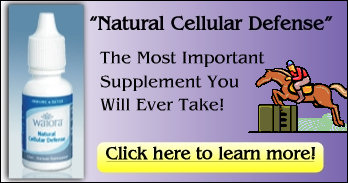


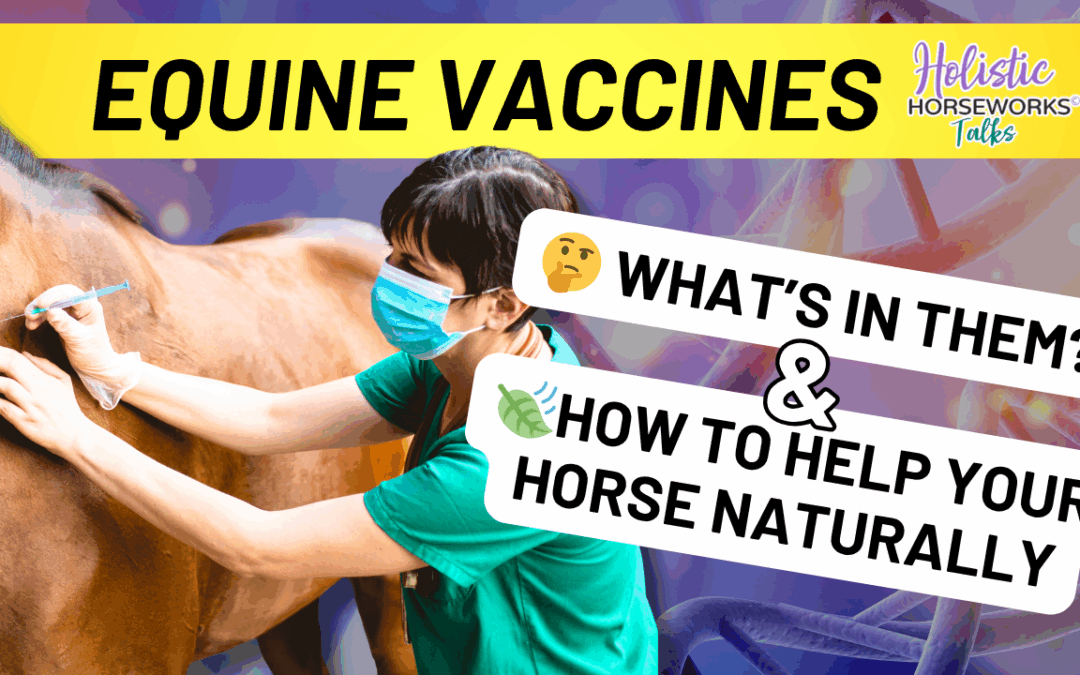

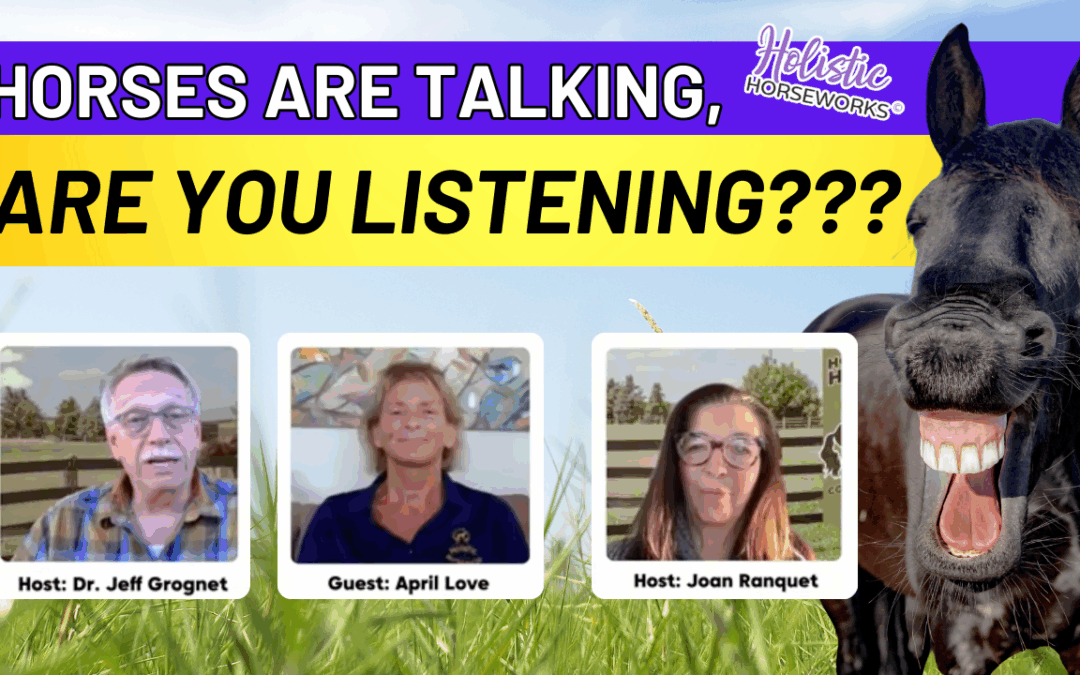
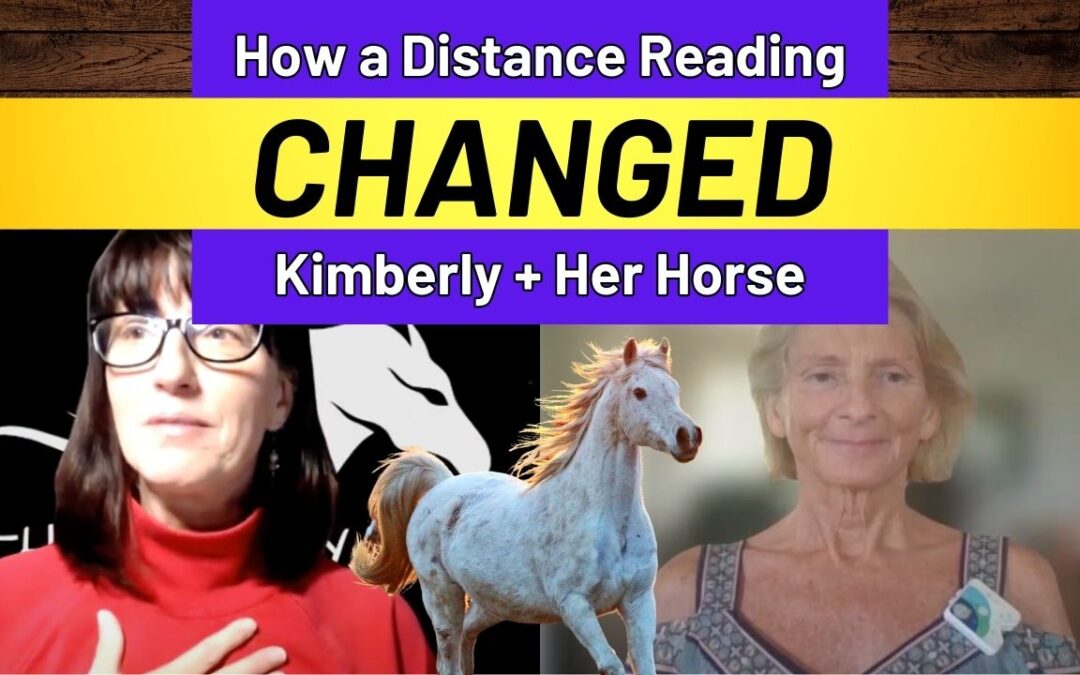


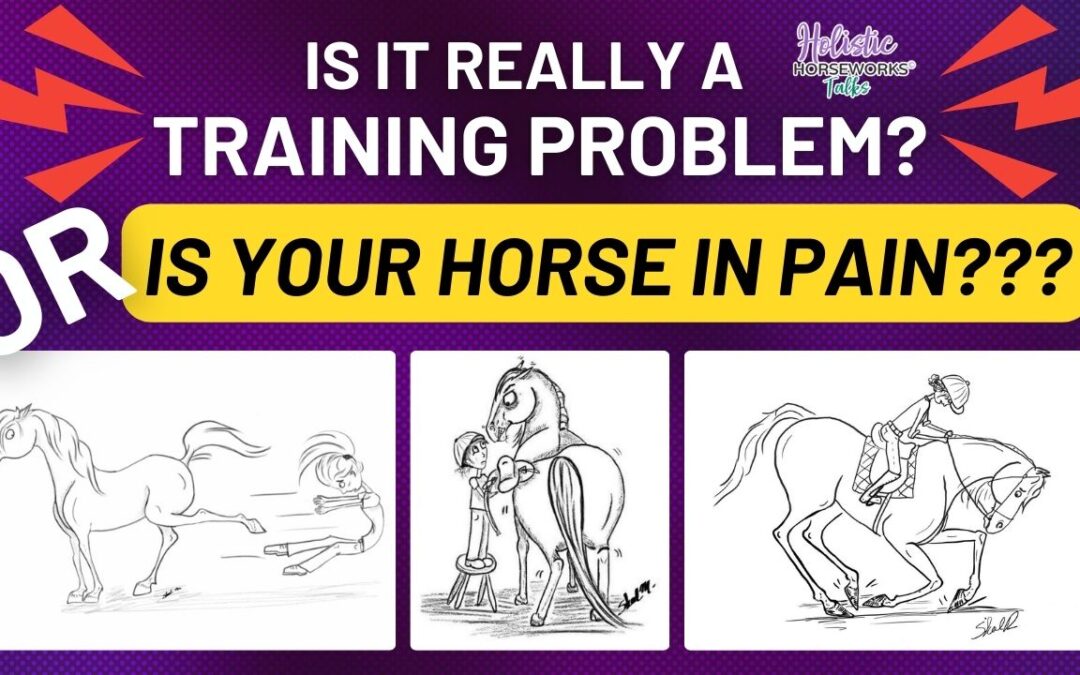

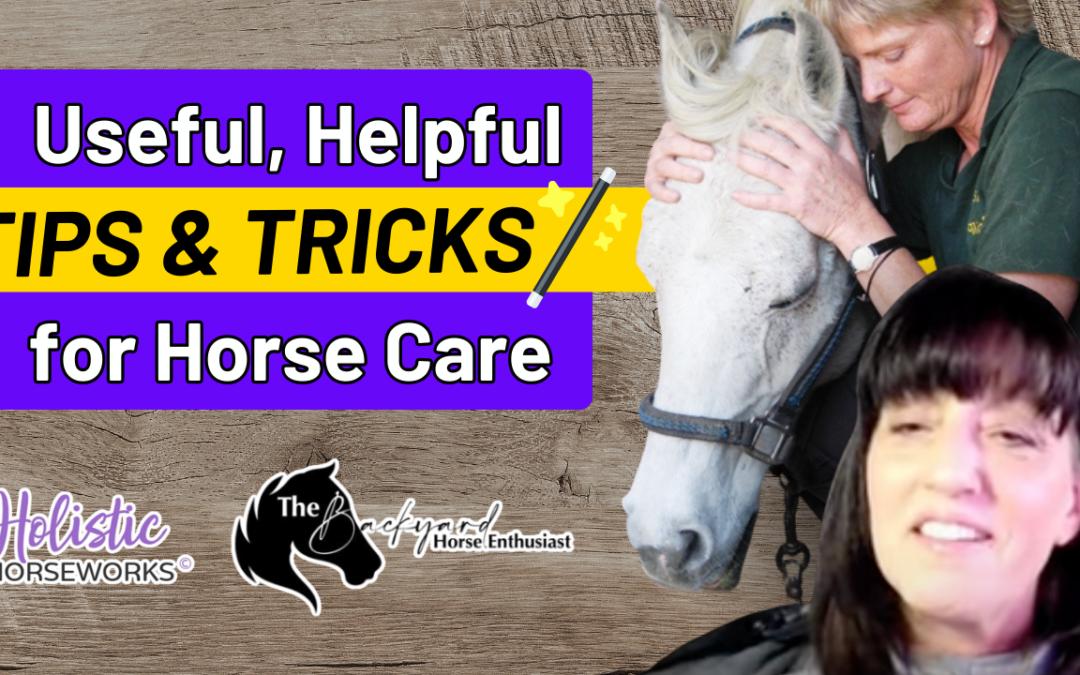
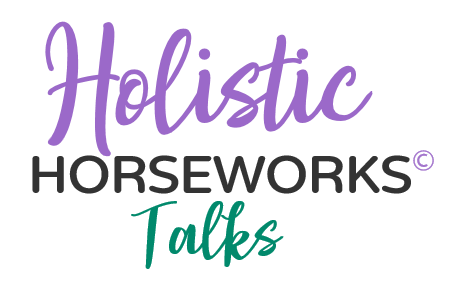
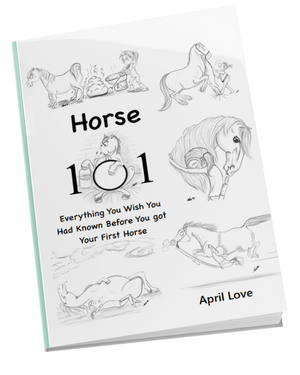
![Complete Level 1 & Level 2 Home Study + Private Training Package [NO DVD]](https://holistichorseworks.com/wp-content/uploads/2022/08/Level-1-and-Level-2-complete-home-study-and-training-package-400x400.jpg)
![Level 1 "Equine Musculoskeletal Unwinding" Home Study -Watch Instantly [NO DVD]](https://holistichorseworks.com/wp-content/uploads/2022/08/Level-1-Home-Study-400x400.jpg)
![Level 2 “CranioSacral Unwinding & Advanced Applied Kinesiology” Home Study - Watch Instantly [NO DVD]](https://holistichorseworks.com/wp-content/uploads/2022/08/Level-2-Home-Study-400x400.jpg)
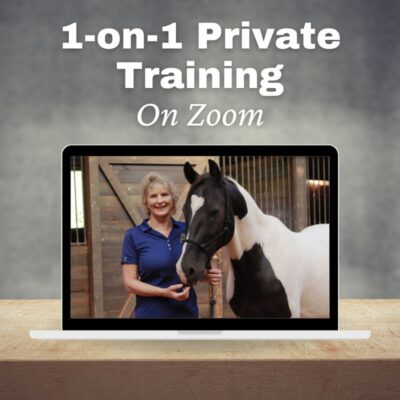
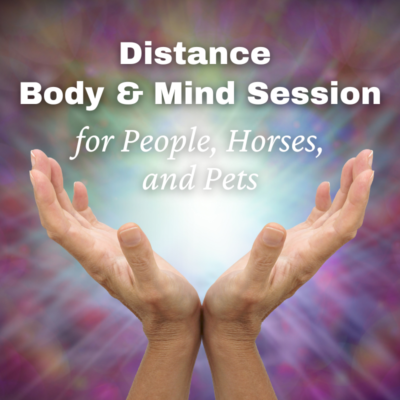
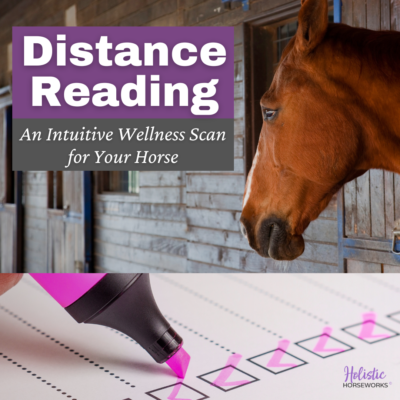
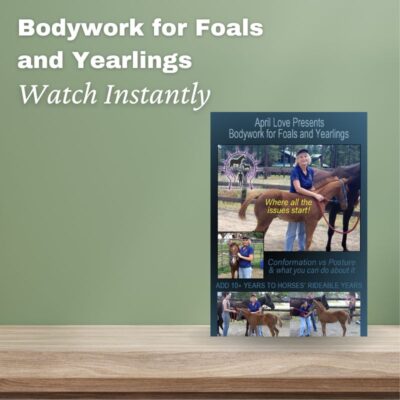
![Equine CranioSacral Energy Work -Watch Instantly [English and French]](https://holistichorseworks.com/wp-content/uploads/2022/09/equine-cranial-sacral-energy-work-watch-instantly-400x400.jpg)
